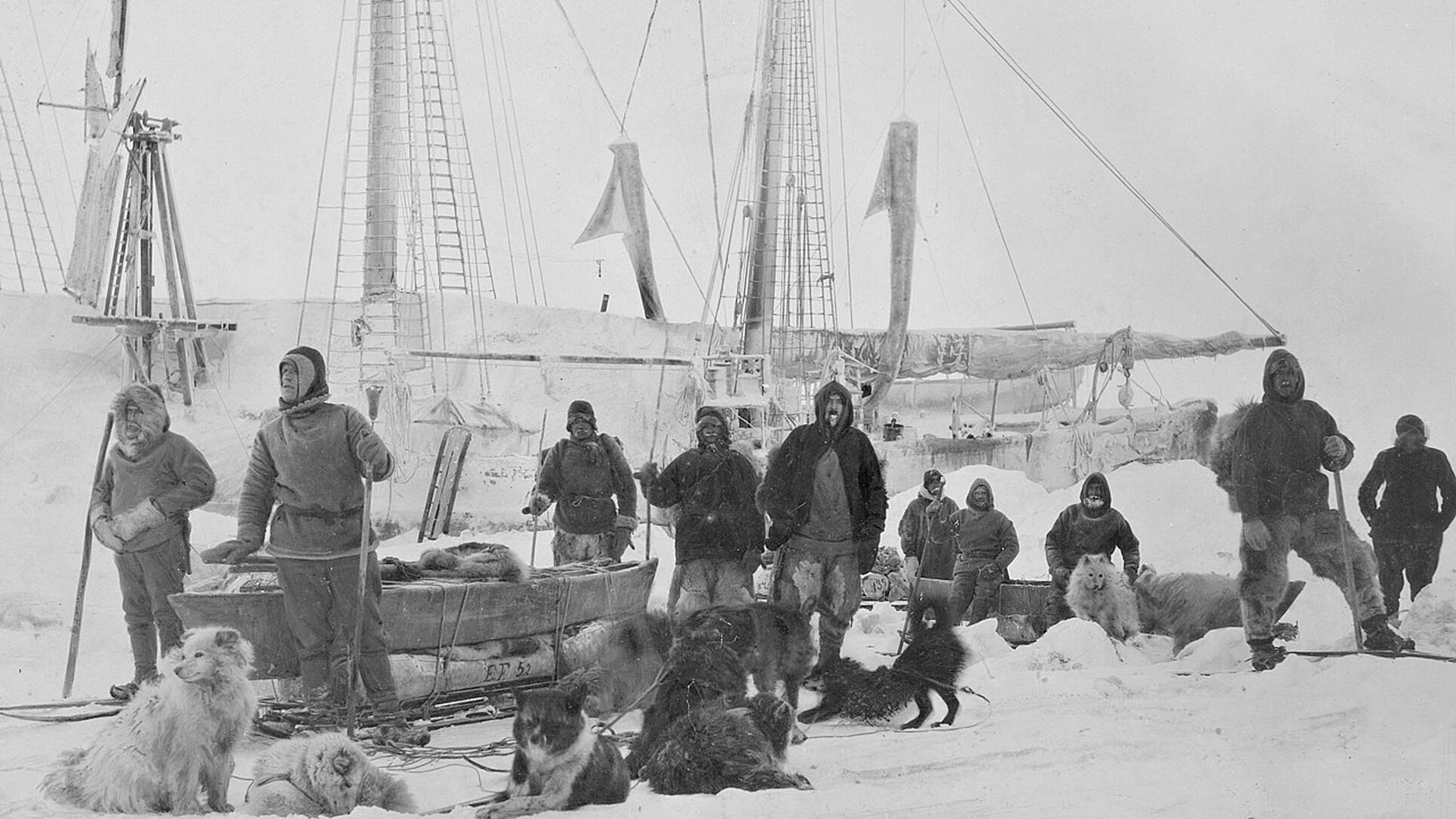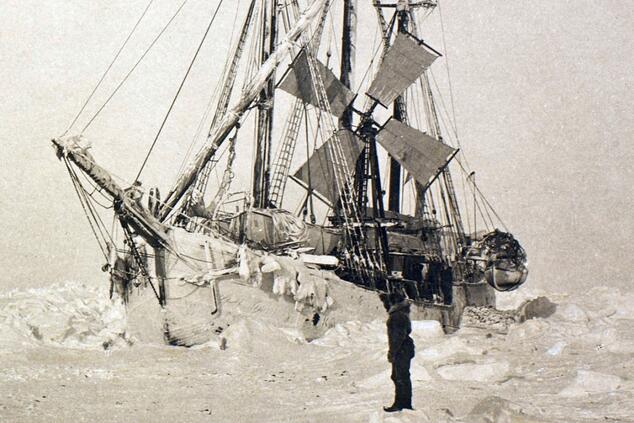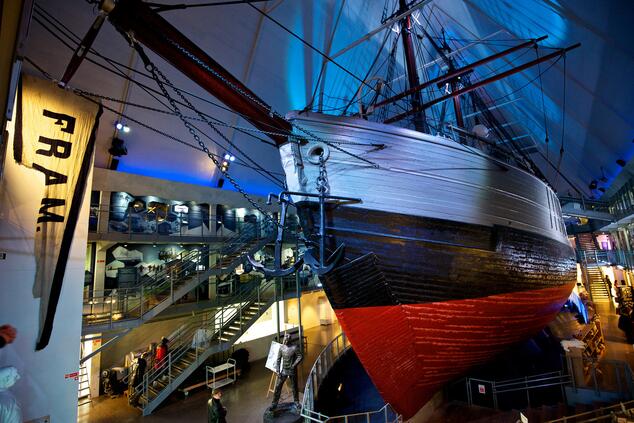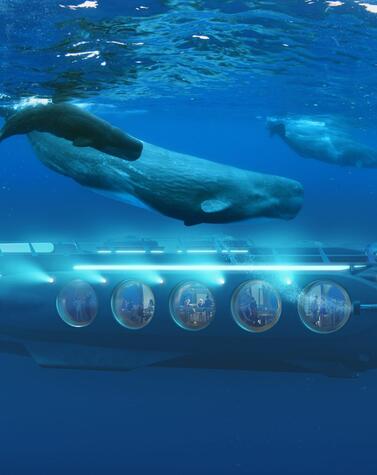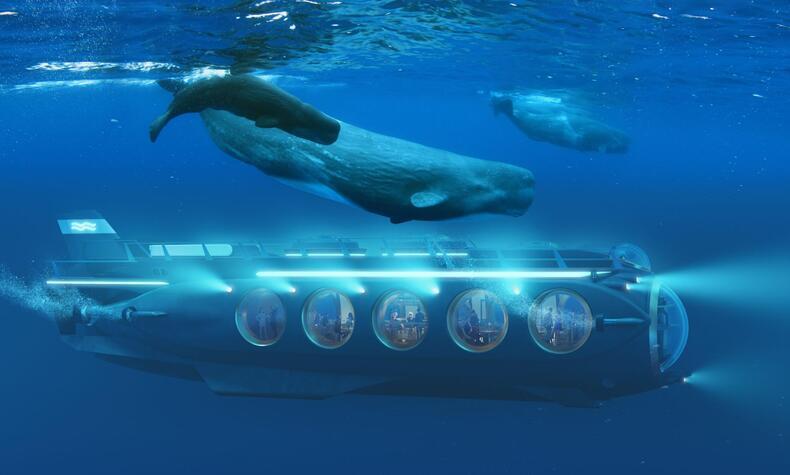Fram: the polar ship that floated on ice
Designed by Colin Archer for explorer Fridtjof Nansen in 1892, the Fram featured a rounded hull and triple-layered hardwood construction, engineered to float when compressed by ice rather than being crushed beneath it. This innovative design allowed the ship to become intentionally trapped in polar ice for nearly three years (1893–1896), turning the vessel into a drifting laboratory for groundbreaking scientific studies in Arctic climatology and oceanography.
Before setting out for the North Pole, Nansen and his crew spent several months in Greenland training with the Inuit. There, they learned essential Arctic survival skills like dog sledding, skiing, traveling on ice, and kayaking. This knowledge proved vital; without it, they would not have survived the harsh conditions they faced.
- It had a mill to generate electricity. —
- Today it is in the Fram museum in Oslo, created to showcase the ship. —
- The explorer Fridtjof Nansen. —
- Model of the Fram trapped by the Greenland ice. Photo: Gonzalo Gimeno.
Fridtjof Nansen, the Polar Explorer
Fridtjof Nansen’s commission was, for its time, almost reckless: to design a ship capable of withstanding two years trapped in polar ice without breaking apart, while keeping its crew alive and fit for research. No vessel had ever been built with such a purpose in mind. Many dismissed the idea as madness. Yet the goal was bold: to study Arctic climate and oceanography from within the ice itself.
The result was revolutionary. During the expedition, Nansen proved that sea ice forms at the surface, not from the bottom as previously believed. He measured the Arctic Ocean’s depth for the first time, discovering it exceeded 4,000 meters. He also confirmed the existence of a polar current flowing from Siberia to Greenland, a finding based on wood debris and fragments from the ill-fated American Jeannette expedition. This discovery forever changed our understanding of Arctic dynamics and revealed new shipping routes.
Aboard the Fram, technological innovation was key: rechargeable batteries powered by a dynamo connected to a small windmill illuminated the ship during the long polar winters, an impressive feat of energy self-sufficiency for its era.
Combining advanced engineering, cultural collaboration with the Inuit, and human endurance, the Fram didn’t just survive the ice, it shattered the traditional notions of polar exploration. It demonstrated that humans could coexist with the ice and study it from within its very grip.
Today, the Fram rests in Oslo’s Fram Museum, a lasting symbol of an era that bridged adventure, science, and respect for indigenous knowledge.
